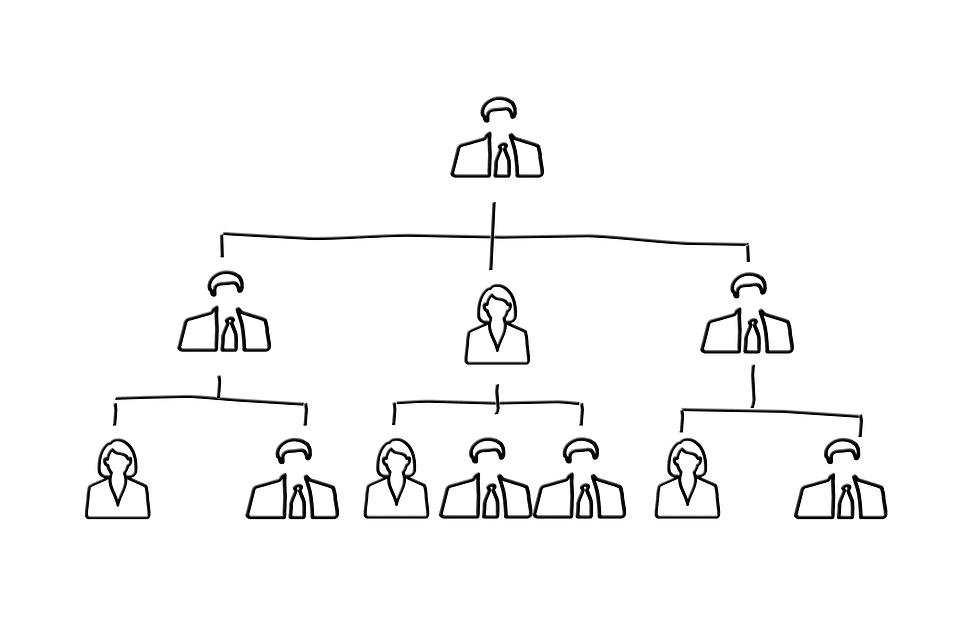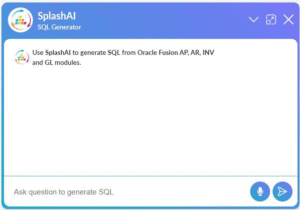Hierarchies have gotten a bit of a bad reputation. “Hierarchical” is sometimes used to describe an organization with a rigid structure filled with bureaucracy. It sounds old and stodgy. Nowadays, we’re all about teams. However, people still report to managers and organizations need hierarchies. Everybody can’t be accountable to everybody. I think of hierarchies as accountability trees. In a good culture, hierarchies foster and protect people, not corral and pigeonhole them.
Now let’s talk about analytics. Standard business analytics sort things by location, department or general ledger. They analyze the health of a business by looking at lists of things. People Analytics are different in that they analyze people, not widgets or money. Hierarchies are critical to people analytics because they define relationships between people, their managers and their teams. It’s relatively easy to spot individual problems in an organization but it’s difficult to understand why without using a hierarchy.
To discover strengths and weaknesses on an organization’s people, we navigate the hierarchy. It’s an accountability tree and allows for impactful calculations.
Let’s take a look at a fictional company called Datamangle (a data mangling service with 20,000 employees). Turnover is high and it it’s expensive to hire and onboard a new data mangler. The CEO asked Chris in HR to find ways to increase employee retention.
Chris jumps into SplashBI and gets to work. Starting at the top of the services hierarchy, Chris looks at turnover for each director. One director, Pat has the lowest turnover by a narrow margin.
Chris then drills into Pat’s organization and sees that one senior manager, Kelly has significantly lower turnover on her team of 60 data smashers and managers. Customer satisfaction is also high for Kelly’s team. Prior to Kelly holding this position, the team’s numbers were similar to the other teams.
Chris drills into Kelly’s team and sees that the managers also have good numbers. The shining star in this story appears to be Kelly.

The data also shows that Kelly’s people log a bit less billable time than her peers’ teams. Chris also discovered that Kelly takes significantly longer to fill open positions. At first glance, this looks bad. Kelly has probably been admonished over this.
A quick phone call to Kelly reveals that she hires very carefully and screens out candidates who aren’t a great cultural fit. Kelly also requires her managers to have 30-minute weekly one-on-ones with their people. It’s probably been difficult for Kelly, but she’s doing lots of things right.
Armed with this data, Chris recommends implementing a similar one-on-one policy for the other services teams. The loss of 30 minutes of billable time is well worth a good employee manager relationship. You’ve probably heard the adage about happy employees resulting in happy customers.
So basically this all boils down to transparency and learning from successful management. The ability to see what is going right in your organization and duplicate it across the board is a necessity in growing a successful business. Now more than ever, with the rise of technology, hierarchical analytics is becoming more important and more tangible.
That’s all this week’s sentiments on the matter, but there will be more on the topic soon. In the meantime check out some of our HR resources to learn more about hierarchy in HR analytics.








